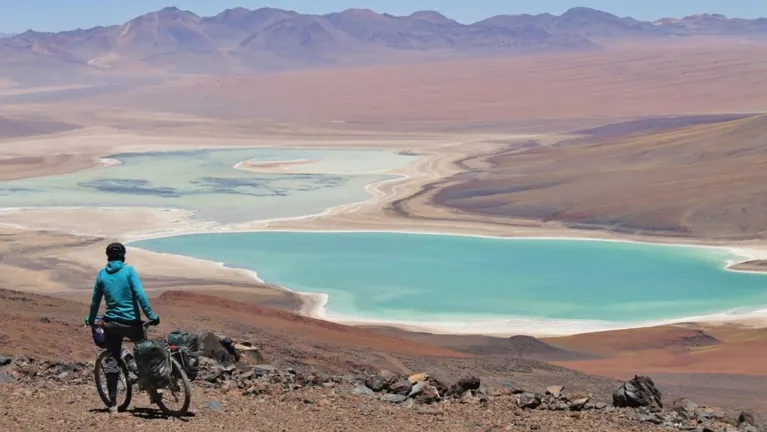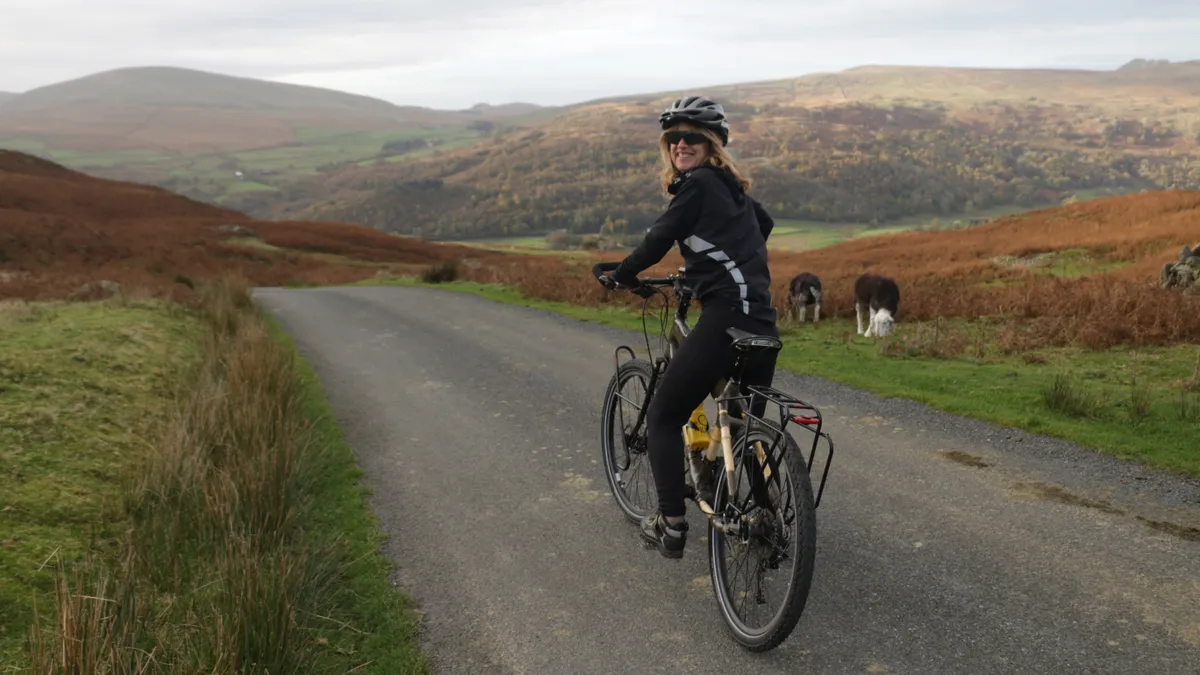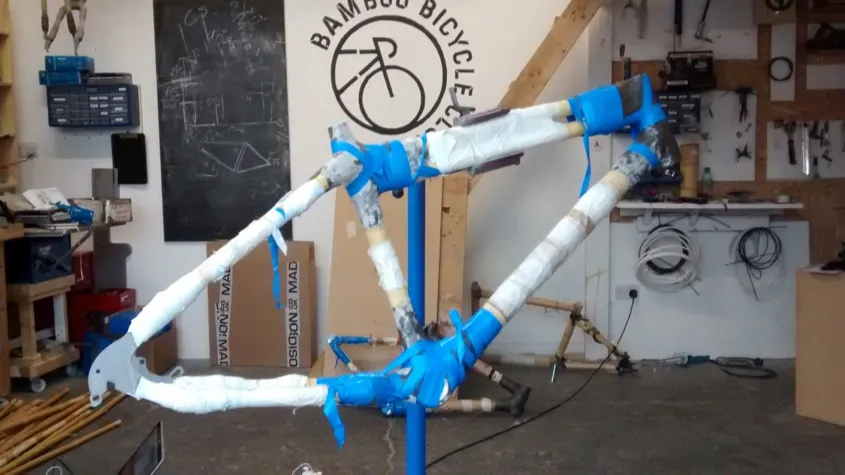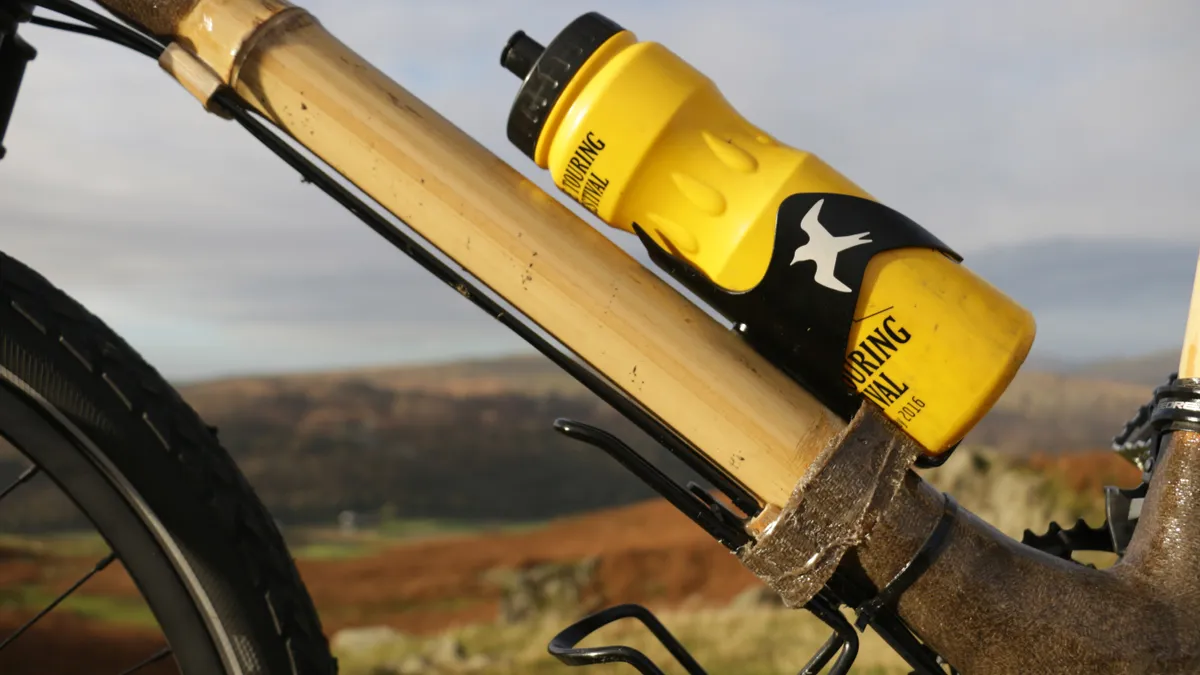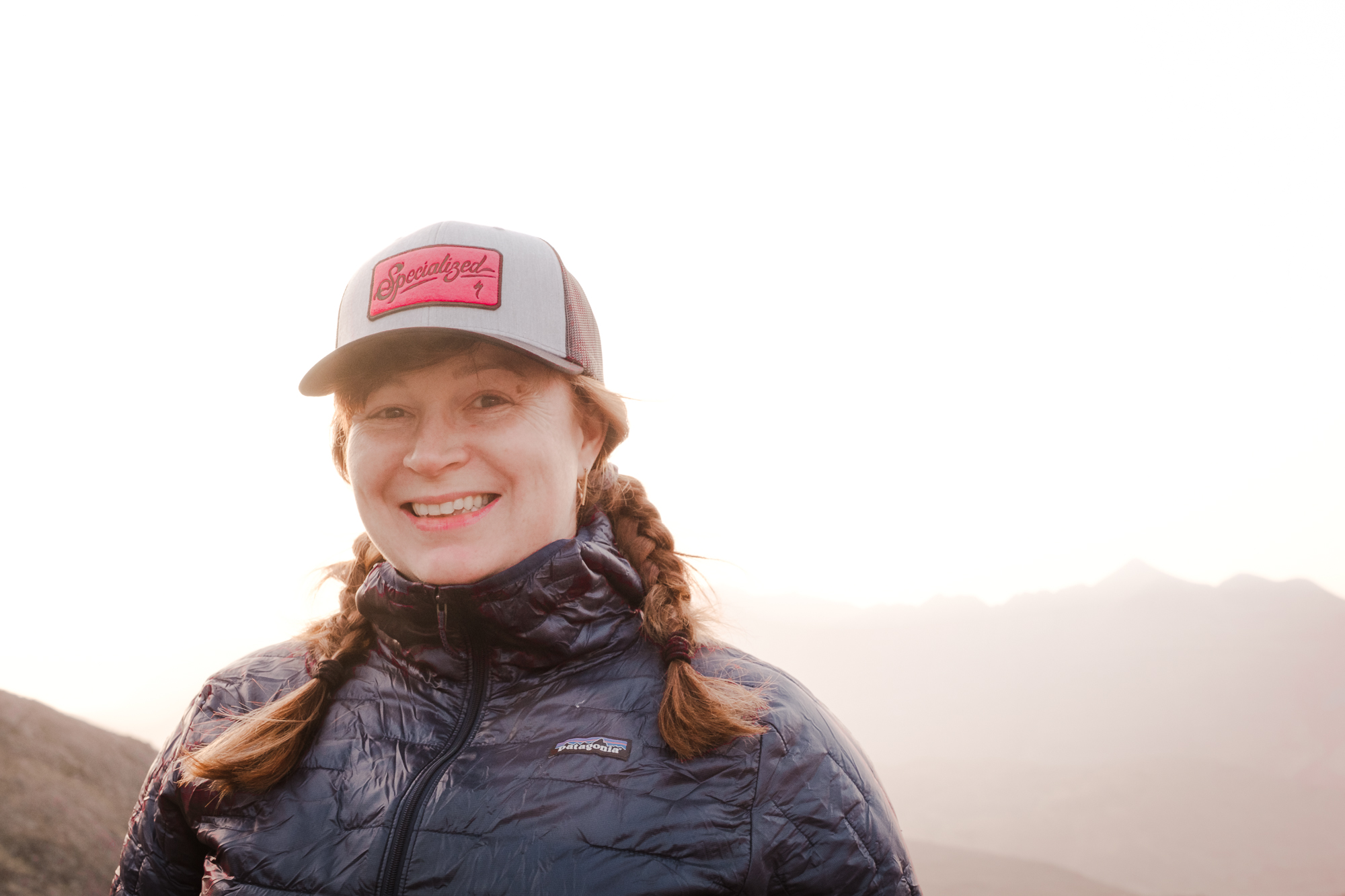What kind of bike would you choose if you were going to ride the entire length of South America, a distance of around 5,000 miles? Something lightweight and comfortable. And something strong enough to carry all that luggage. Kate Rawles is undertaking the journey on a bicycle made of bamboo.
- 9 steps to your own life-changing adventure
- Best touring bike: How to choose the right one for you
- Horse for the Course: bothy biking in the Lake District
It’s not just any bamboo bicycle either. It’s the first British home-grown bicycle – literally! The bamboo with which the frame is constructed was grown at the Eden Project, a botanical garden and environmental education attraction, and has been transformed into a bicycle by the experts at the Bamboo Bicycle Company.
But why choose a bike made of bamboo for such an epic ride? The reason is partly due to the second purpose of the trip – to highlight the issue of biodiversity and the impacts we have on the environment – but there are also other advantages.
“It's a really, really comfortable ride!” Rawles told BikeRadar. “It's smooth but not too flexy, a bit like steel. Of course there are advantages in having built the bike myself. Apart from the huge satisfaction I've gained from doing this, I know it inside it and will be much better placed to fix things on the road if needs be as a result.”
A bike is a magician, turning a trip that would be utterly mundane in a car or a bus into a mini-adventure
“And in terms of repairs to the bamboo itself, super unlikely though this is — bamboo is very strong, as evidenced by its use by many countries around the world as scaffolding — all I will need is some hemp, which I'll be carrying, and epoxy resin, which you can get more or less anywhere. And possibly a splint!”
It’s also likely to be an excellent conversation starter, which is another benefit as Rawles is keen to meet and chat with people as she pedals her way south.
From commuter to long-distance cycle adventurer
This isn’t the first time Rawles has undertaken such an epic adventure. In 2006, she set out to cycle from Texas to Alaska, a 4,553mi trip across the spine of the Rockies. That ride, like this one, also had a mission. Rawles labelled it The Carbon Cycle, as it was a way of talking about climate change.
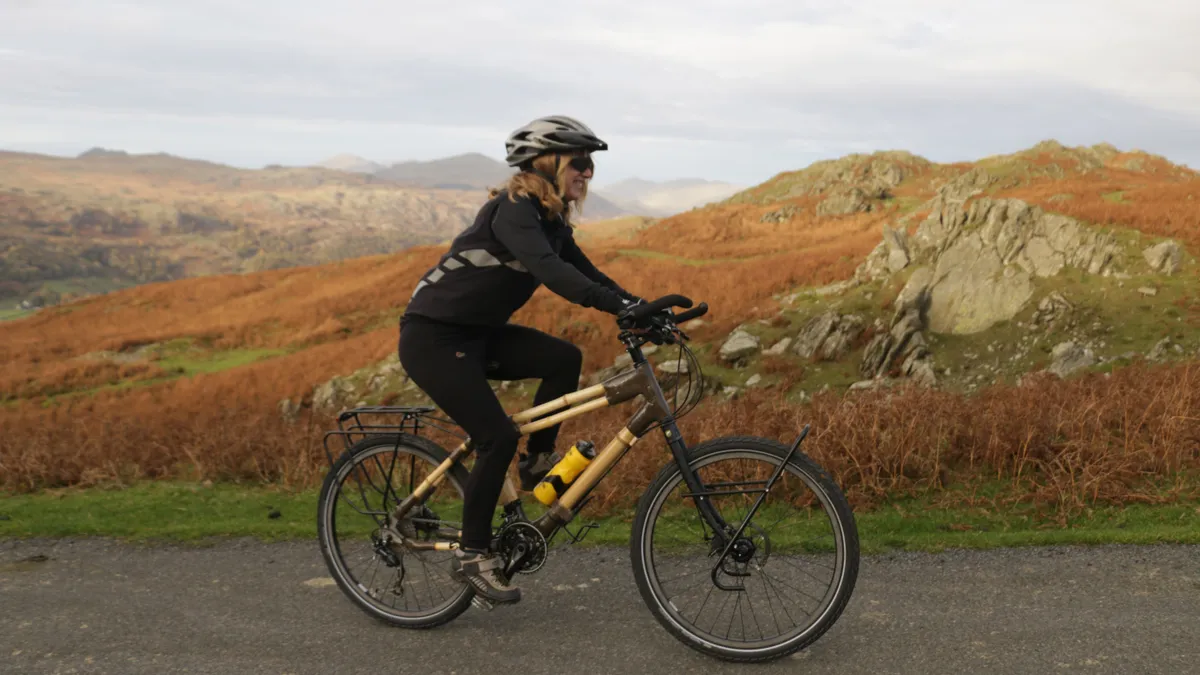
However, her passion for cycling developed from simply using the bike as a way of getting to and from a gap-year job. From this humble beginning, something that many cyclists can identify with, her passion for cycling grew and grew.
“My first proper long-distance trip was after I'd graduated back in 1986.” Rawles said. “A friend and I cycled from the mouth to the source of the Rhone in the French Alps. I absolutely loved it. After that, I was hooked. Over the years I've done various trips, mostly in mountains. I love cycling in mountains! I've cycled in the Highlands, the Alps, the Picos, the Pyrenees, the Rockies and the Northern part of the Andes.”
"A bike is a magician, turning a trip that would be utterly mundane in a car or a bus into a mini-adventure, " she said.
Her passion for cycling is matched by her concern for the environment, and so she coined the term ‘adventure plus’ – an adventure that also has a message, which is where the idea for the original Carbon Cycle ride came from.
The Life Cycle
While the Carbon Cycle was a great success in terms of both riding and also reaching various audiences to discuss the impact of climate change, it did have some flaws as Rawles sees it.
“It was built on a dilemma – I flew transatlantic to do it," she said. "Flying is almost always the biggest single contributor to our personal carbon footprints.”
This is one of the factors that influenced how Rawles approached her current adventure; the Life Cycle. “The Life Cycle is a ride from Costa Rica to Cape Horn, following the spine of the Andes and exploring biodiversity: what it is, what's happening to it, why this matters and, above all, what can be done to protect it.”
To limit the impact of the ride, in addition to using a bamboo bicycle, Rawles is traveling to Costa Rica via cargo ferry, will only eat vegetarian food, and will be tracking her carbon use over the whole trip to compare the carbon footprint to the same journey done on a steel equivalent.
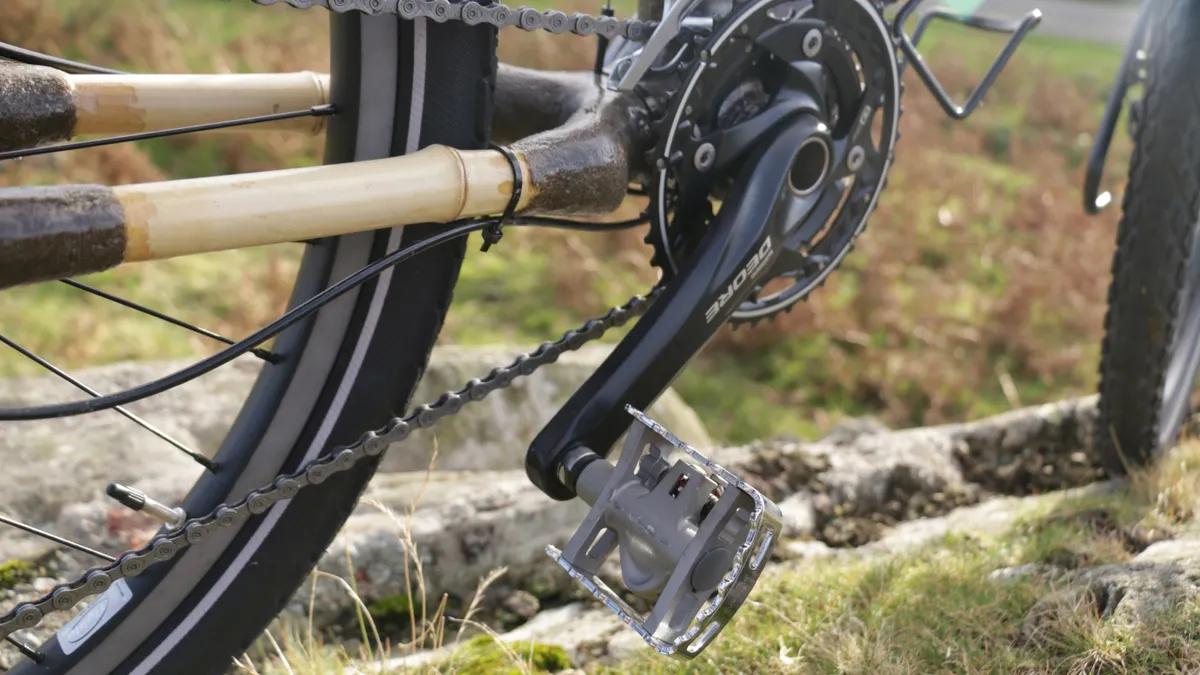
The build details: USB charging device plus dynamo-power lights
The geometry of the bike is built on a basic mountain biking / touring geometry, with an upright riding position that will be comfortable for so many days in the saddle.
As mentioned, the frame is constructed from UK-grown bamboo, and constructed by the Bamboo Bicycle Company. The fork is Thorn Nomad Reynolds steel, designed to take a 26in wheel. This is noteworthy: while in the world of mountain biking 29 and 27.5 may rule the roost, when it comes to touring and parts availability globally, the chances of finding spare parts for a 26in wheel are substantially greater. She choose Schwalbe Marathon Mondial tyres.
A robust Shimano Deore 10-speed groupset with a triple chainring should provide enough range to keep powering along. Having lower gears to grind rider and luggage up the Andes is crucial, and Rawles opted for 170mm cranks.
Given the mountainous nature of the route, opting for disc brakes seems a wise choice and so the bike is fitted with TRP Spyre mechanical disc brakes with Shimano Sora levers.
Completing the cockpit are 580mm Thorn MKIII Flat Track Bars at 580mm with a Ritchey adjustable stem, Ergon Evotec touring bar ends and cork Ergon grips.
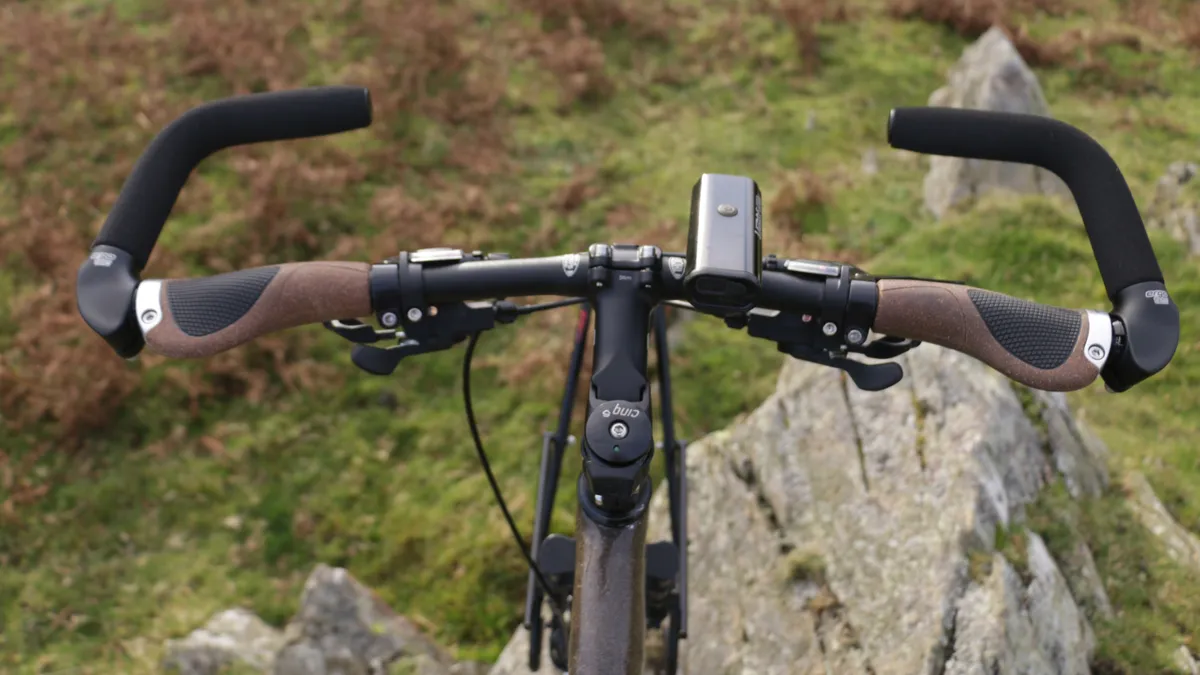
As you might imagine, a comfortable saddle is going to be pretty important on a ride of this length, and Rawles has opted for a Brooks Cambium C17s.
Finally, given that Rawles will be carrying everything she needs with her, and won’t necessarily have access to power en route, she’s also fitted Tubus racks, Ortleib panniers and rechargeable lights powered by a SON Dynamo Hub and a Cinq5 The Plug USB charging device that fits in place of a stem cap.
Follow the adventure
Rawles is setting off on the adventure in December, and expects her journey to last a year. She’ll be updating her blog, Outdoor Philosophy, and interacting on social media as she goes through deserts, rainforests, mountains and valleys. Rawles is part of The Adventure Syndicate, a female cyclists' collective that also includes Emily Chappell, Tracy Moseley, Juliana Buhring and many more inspirational women.
